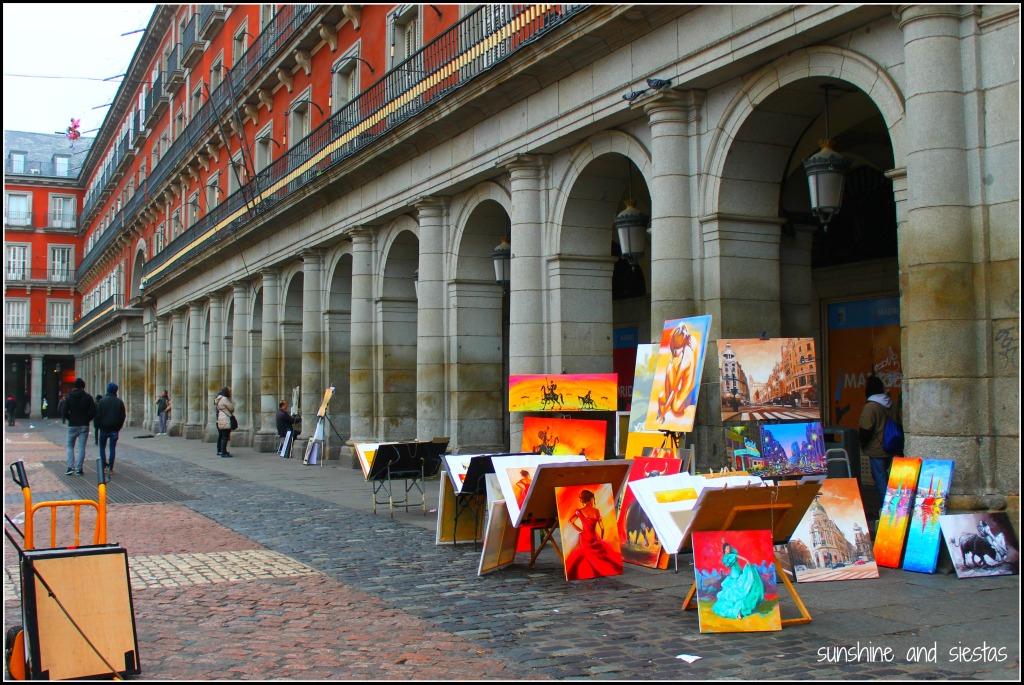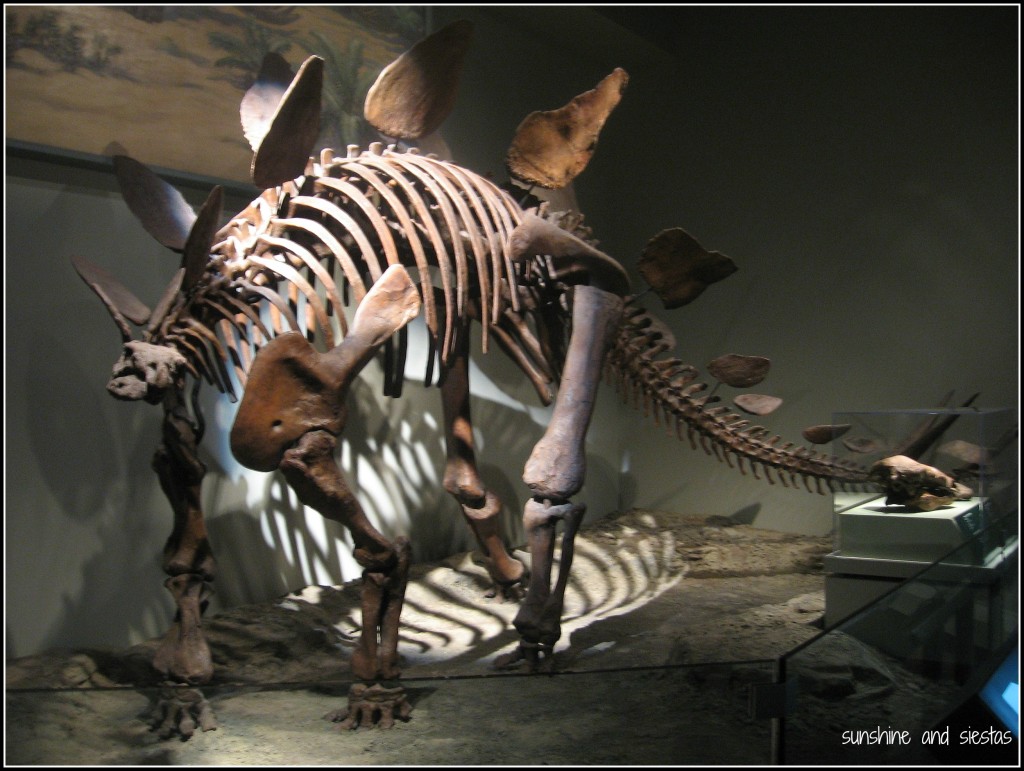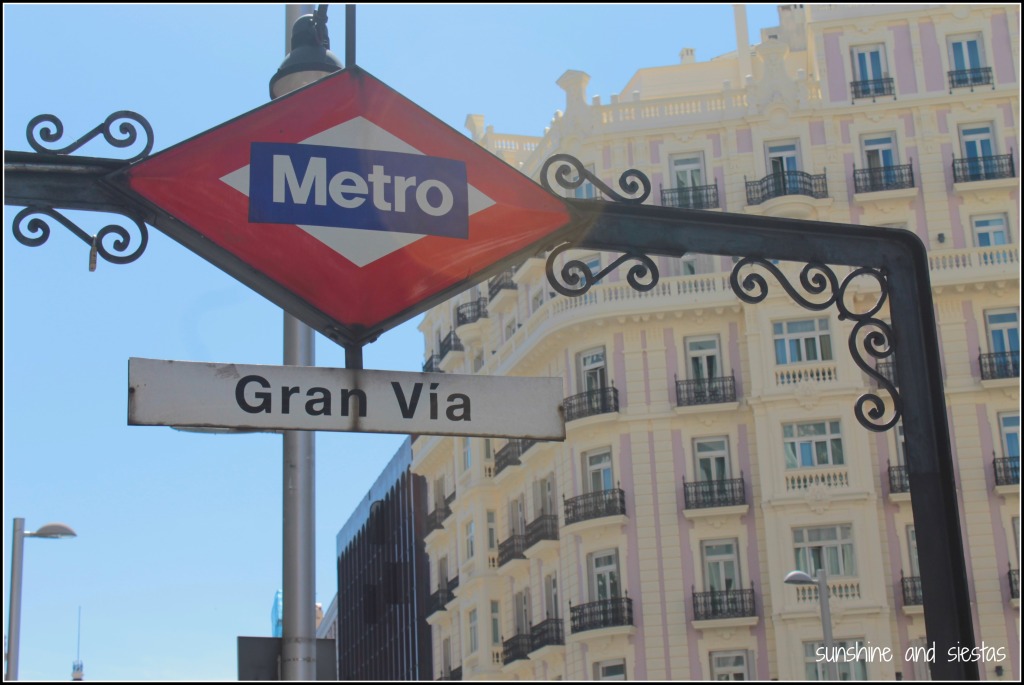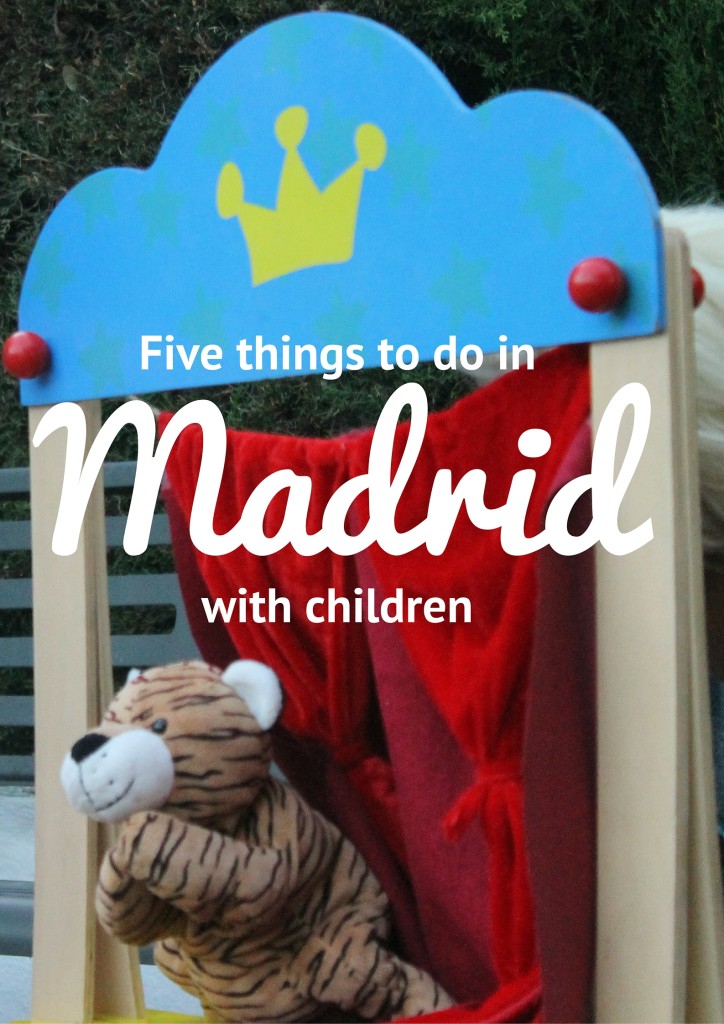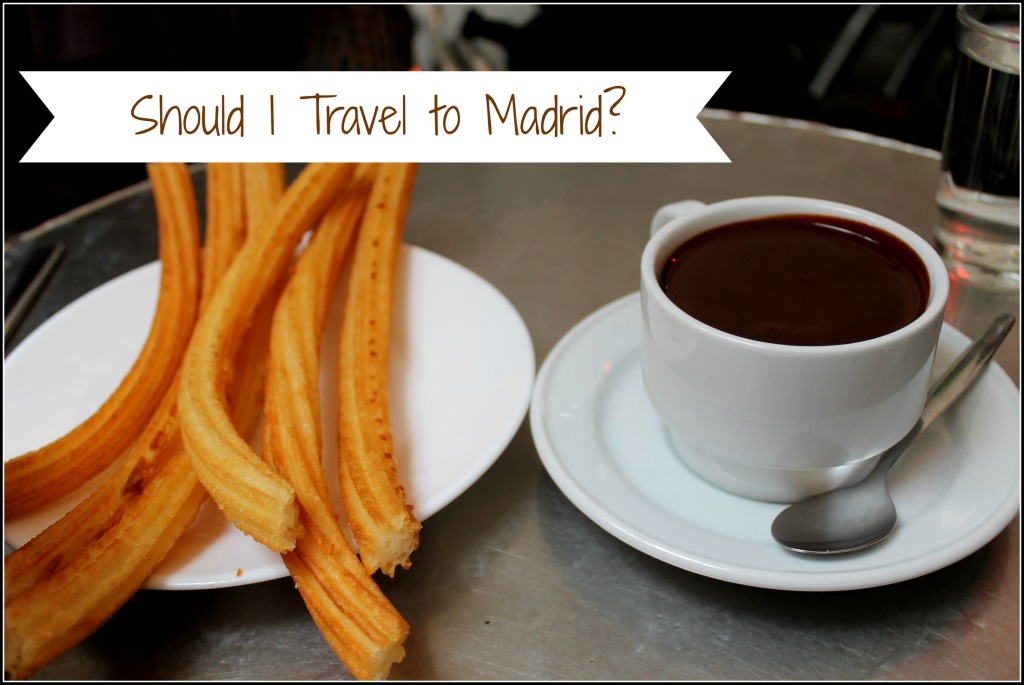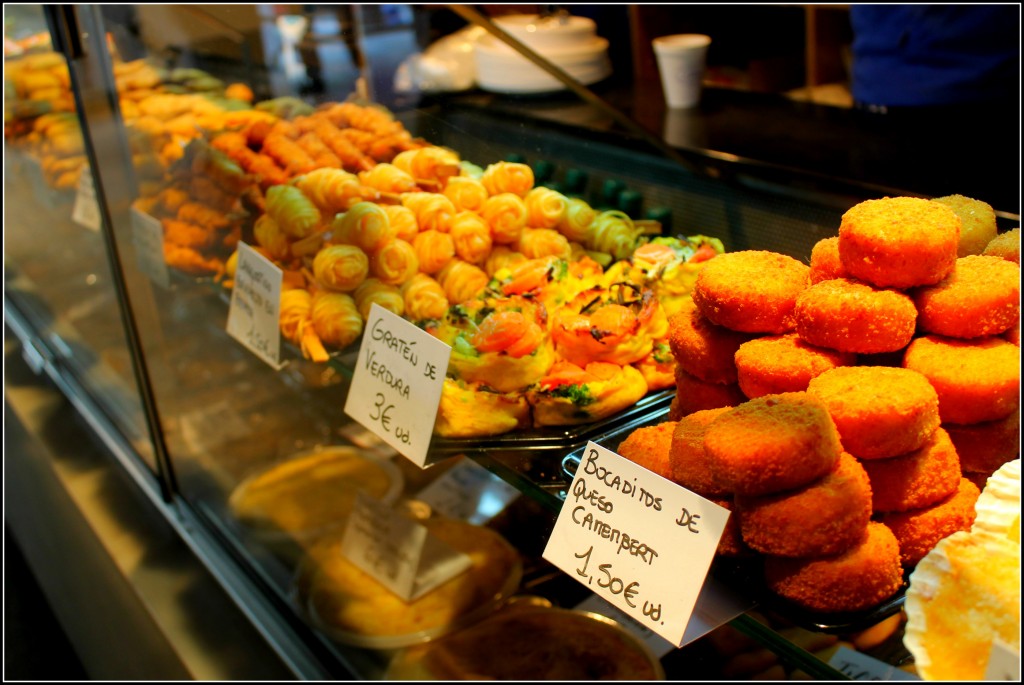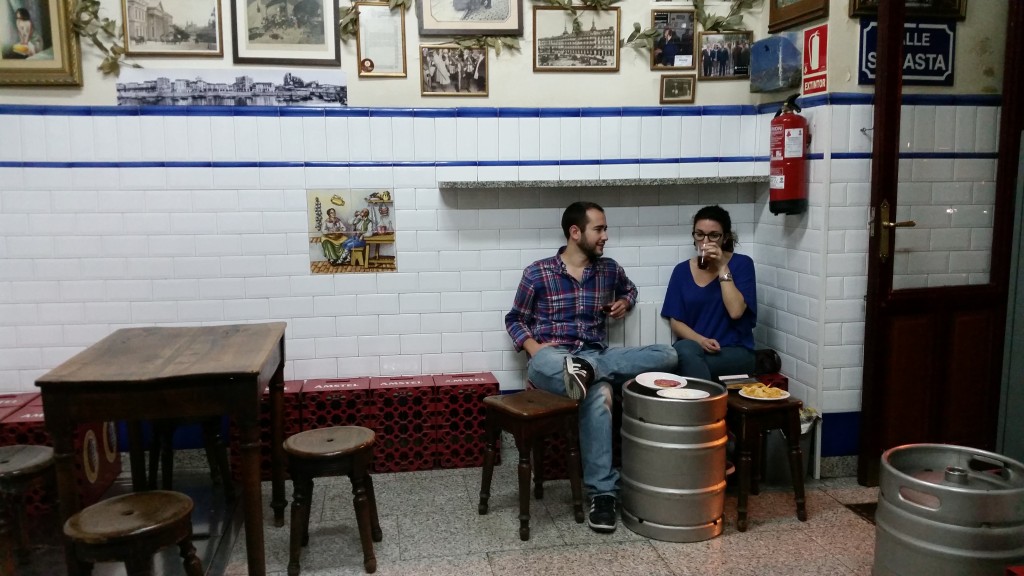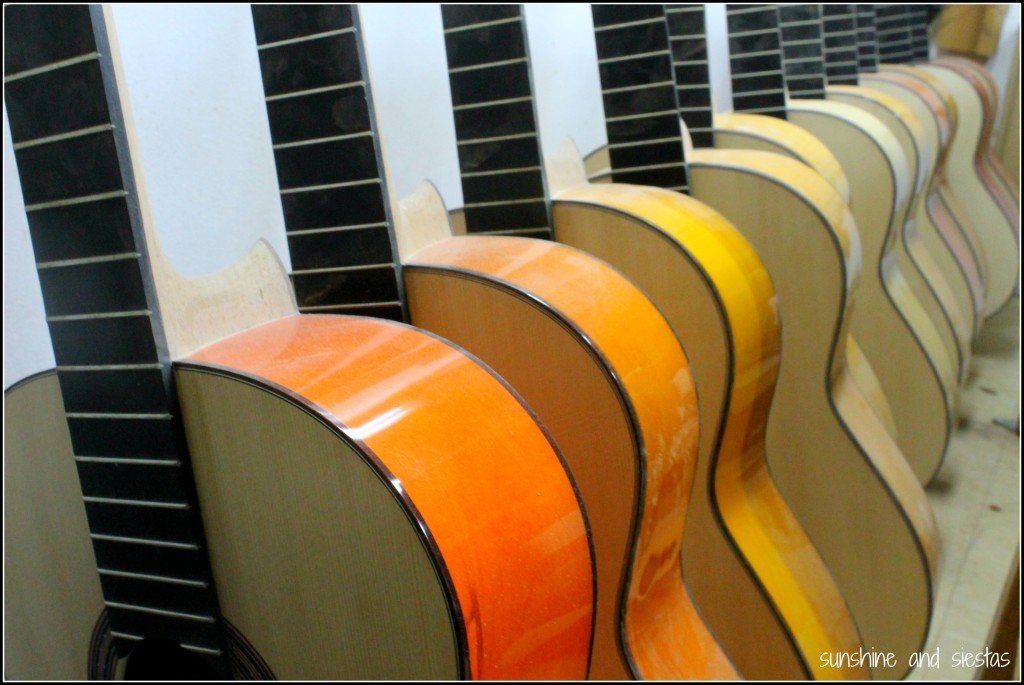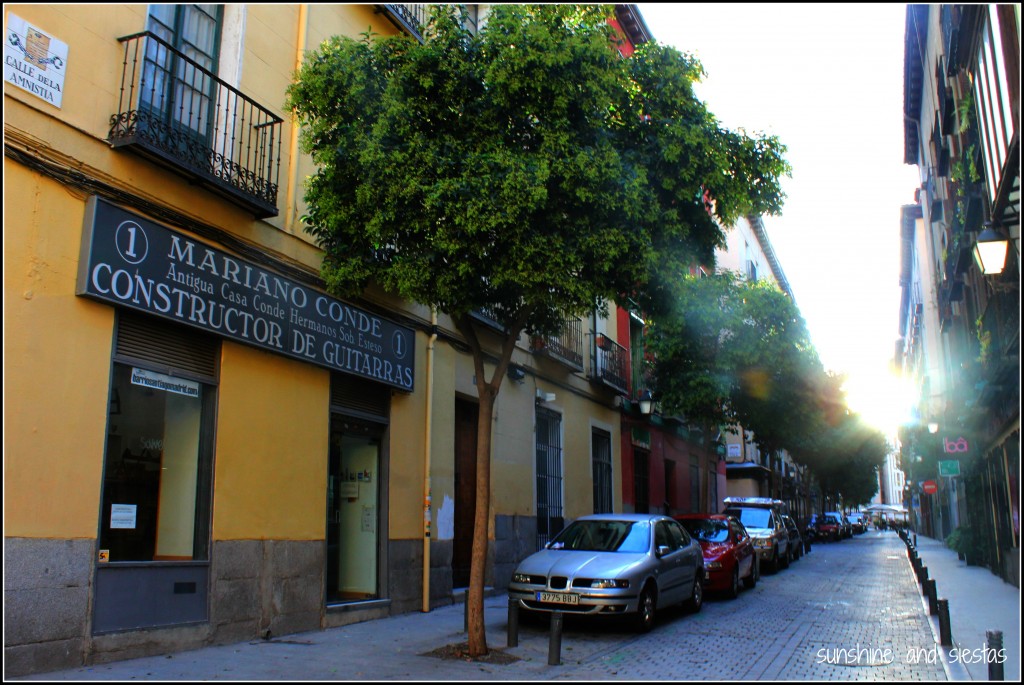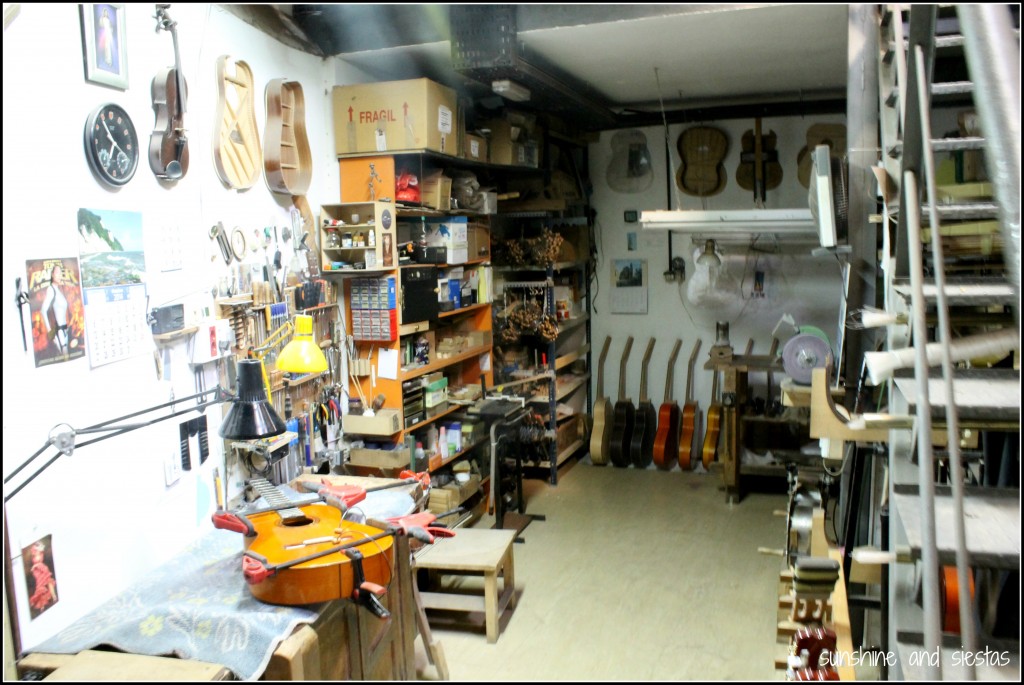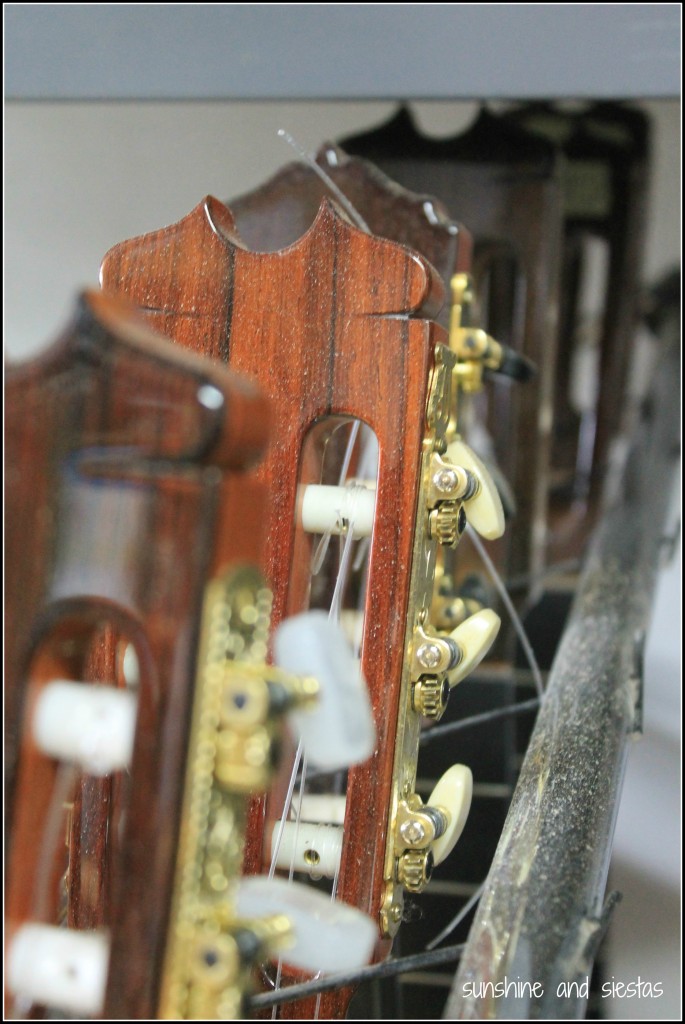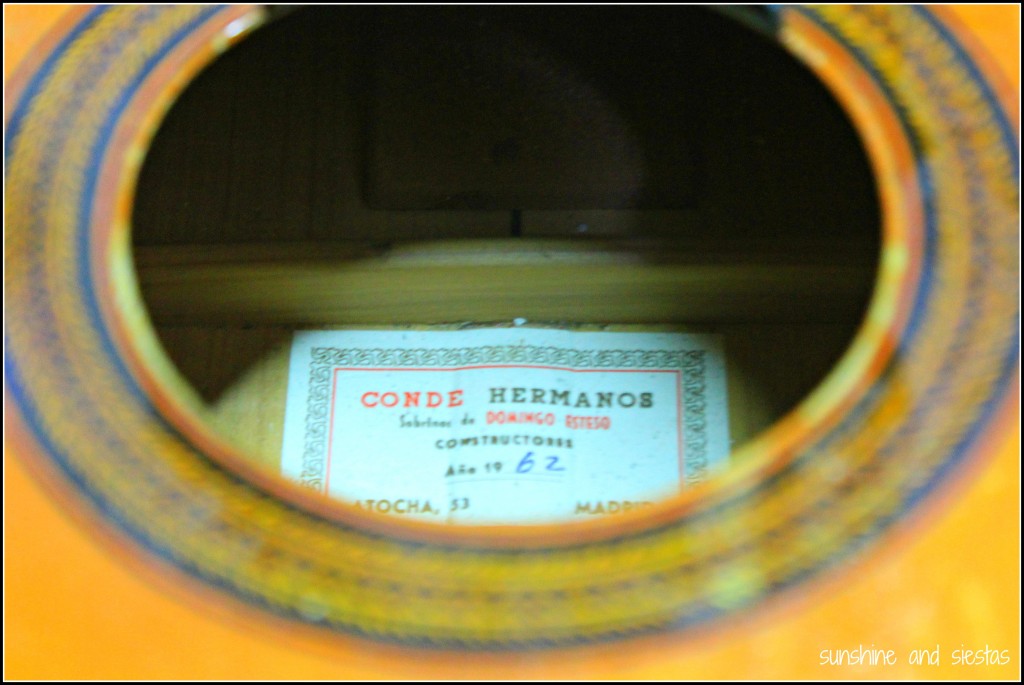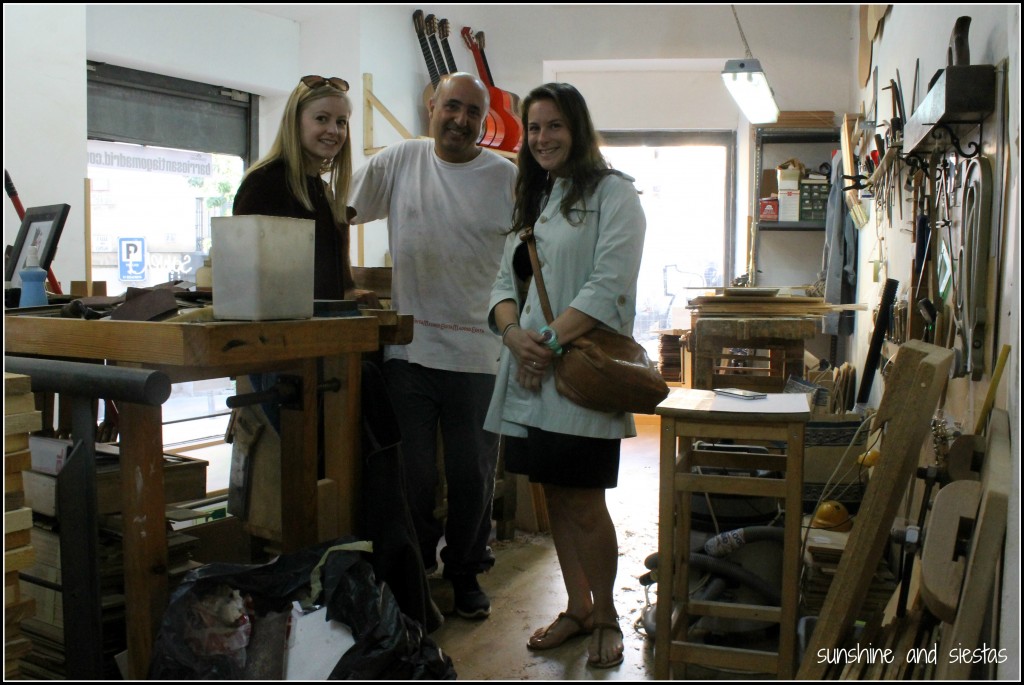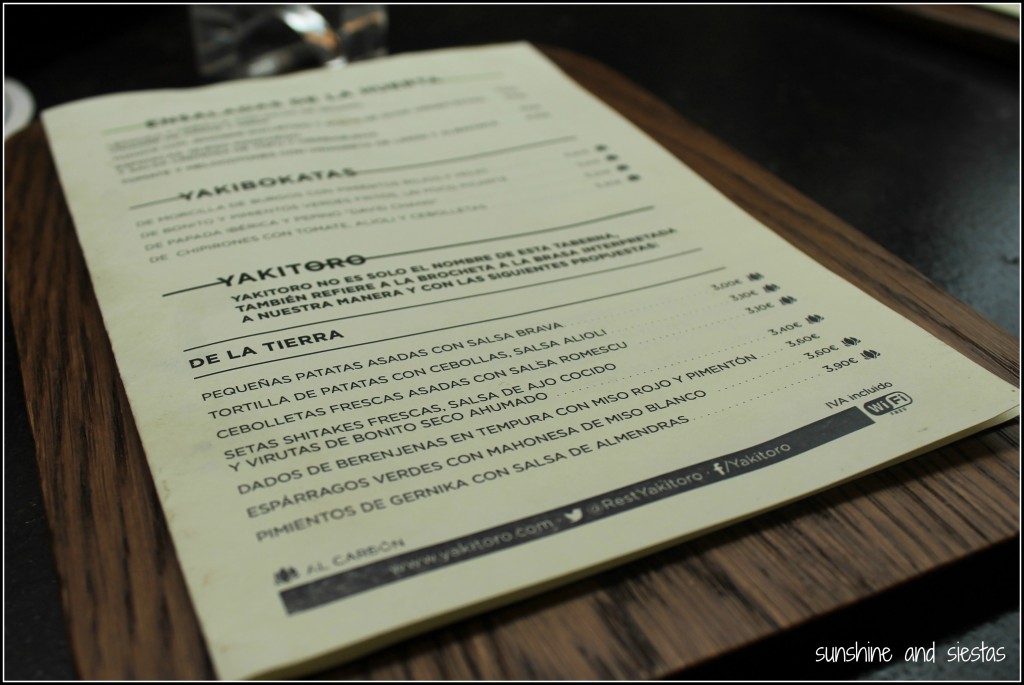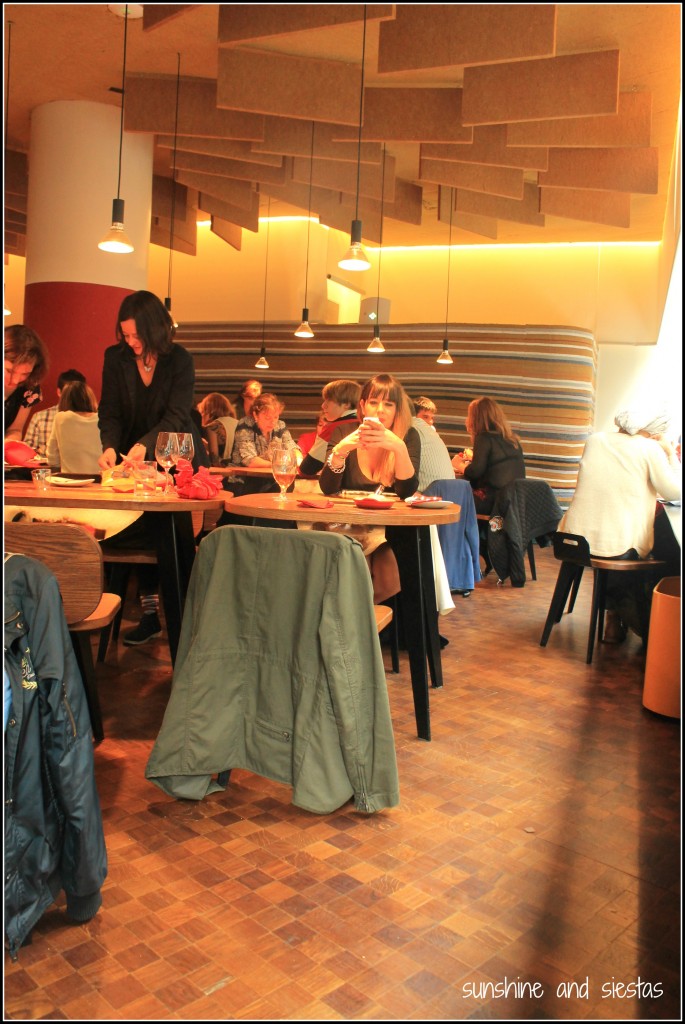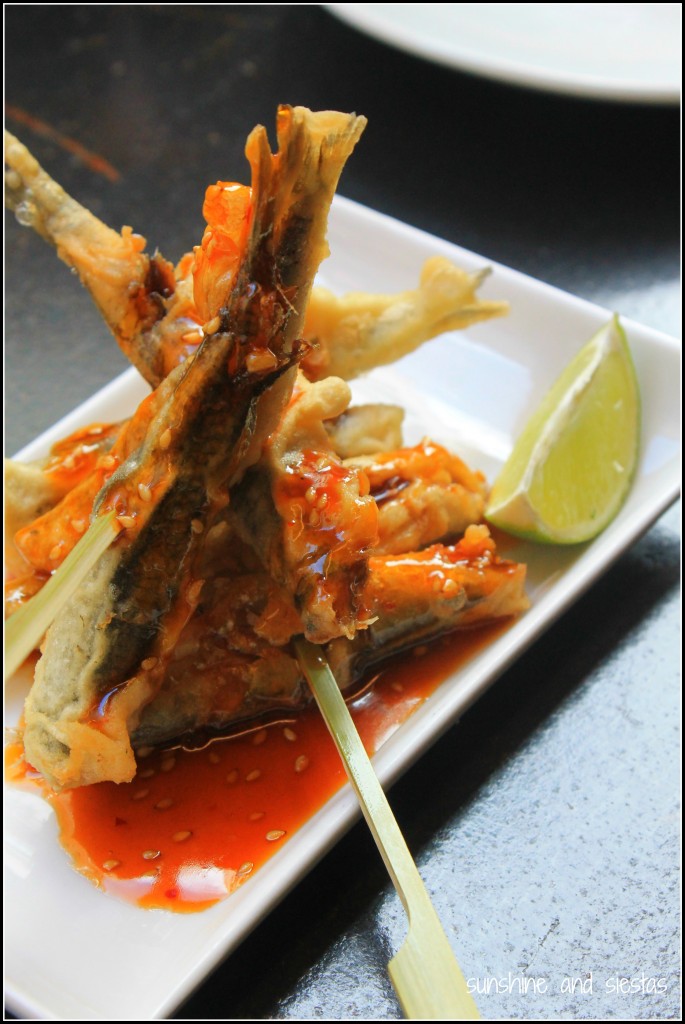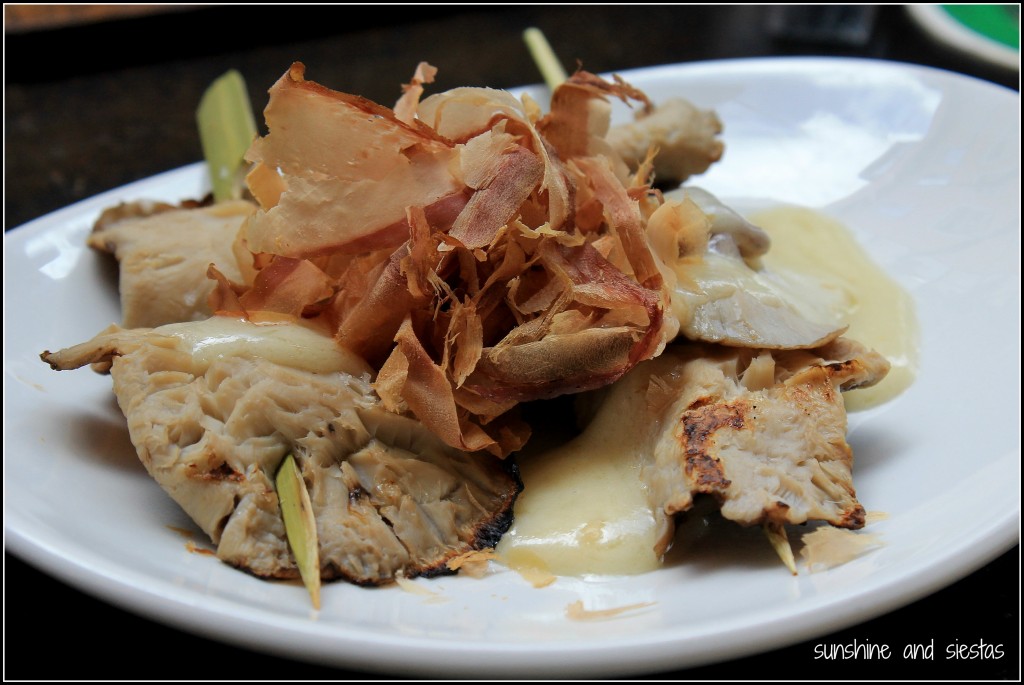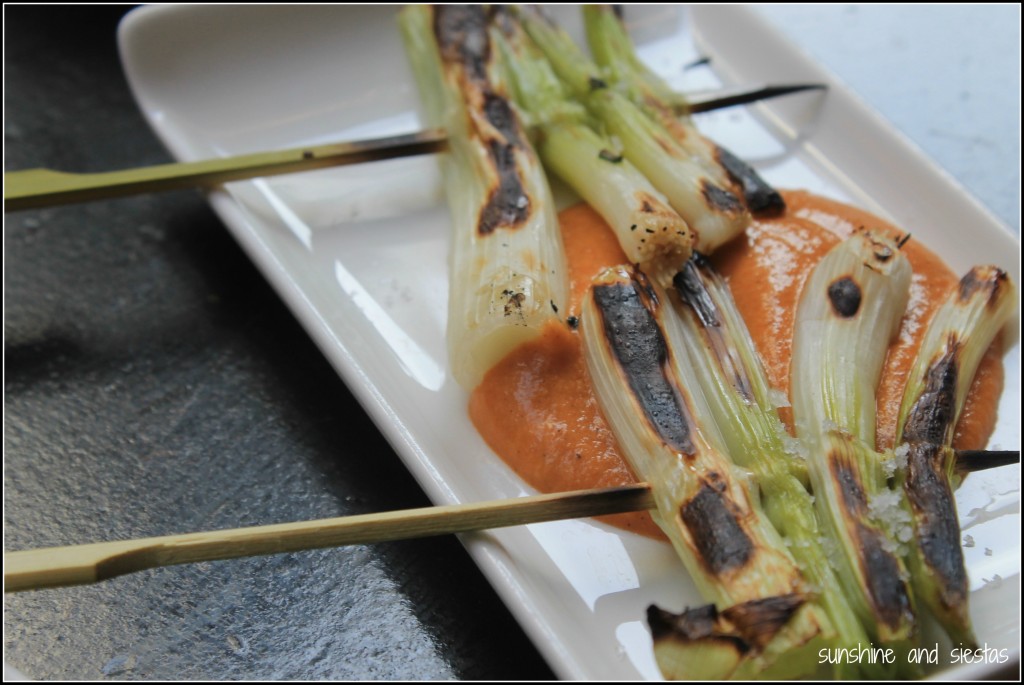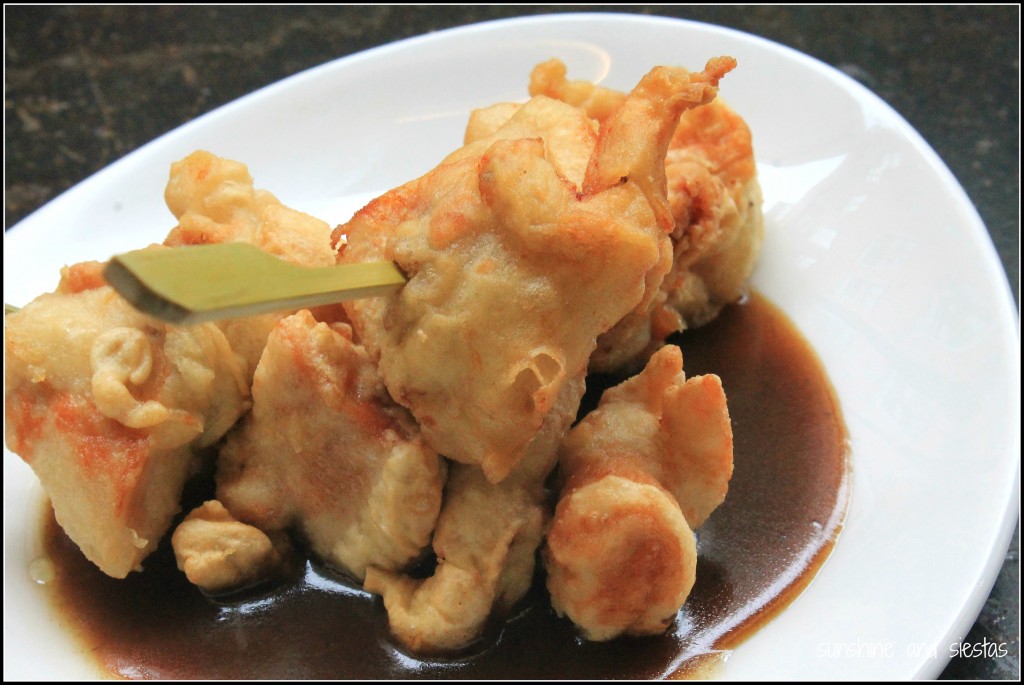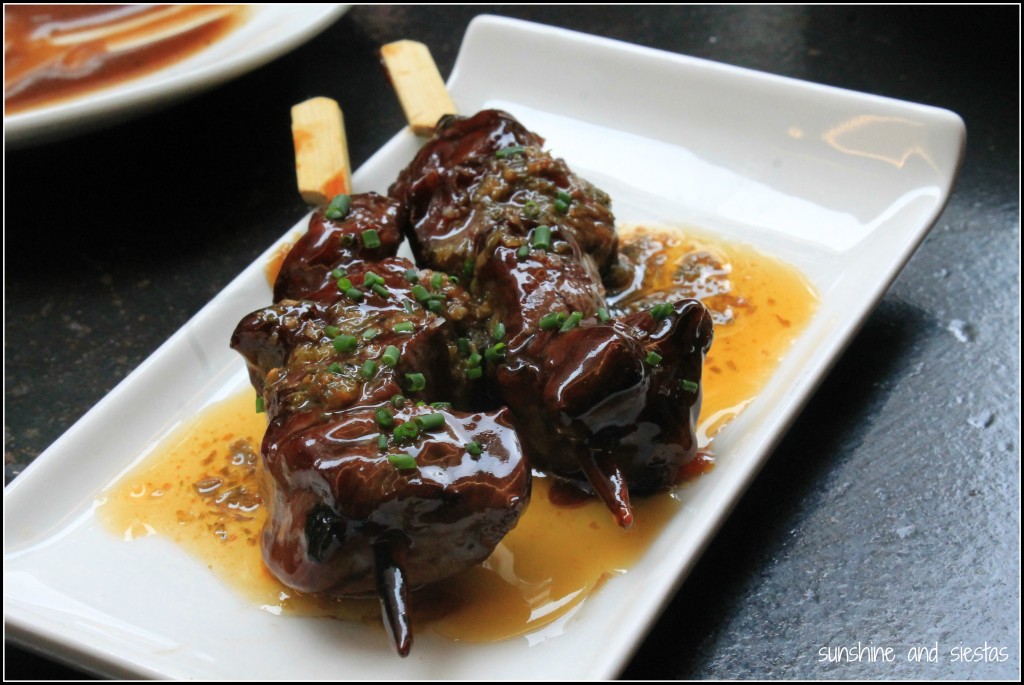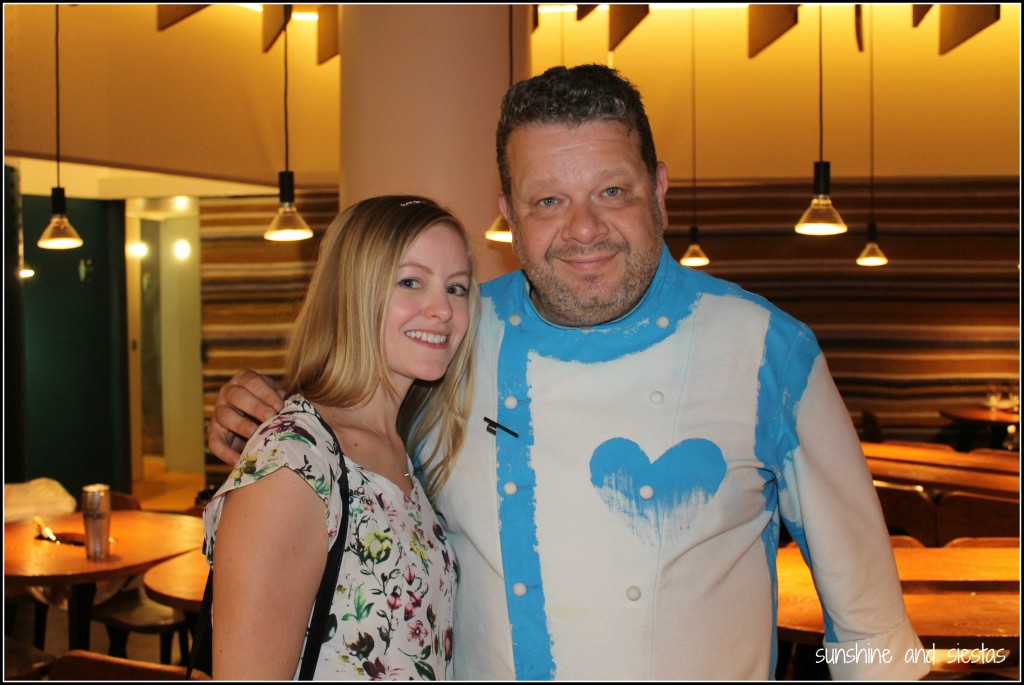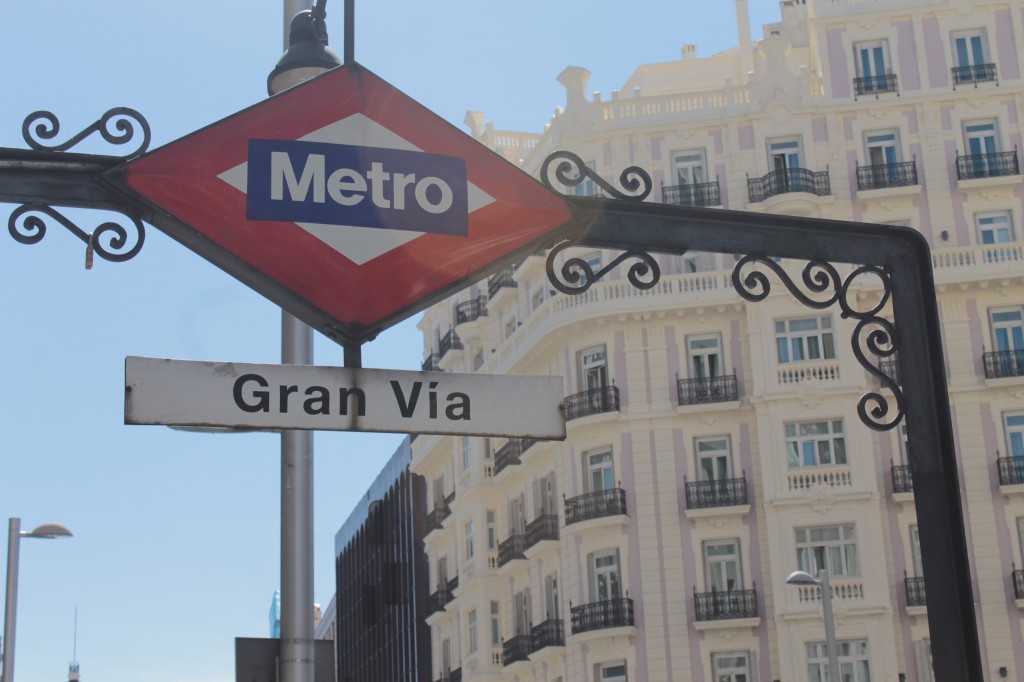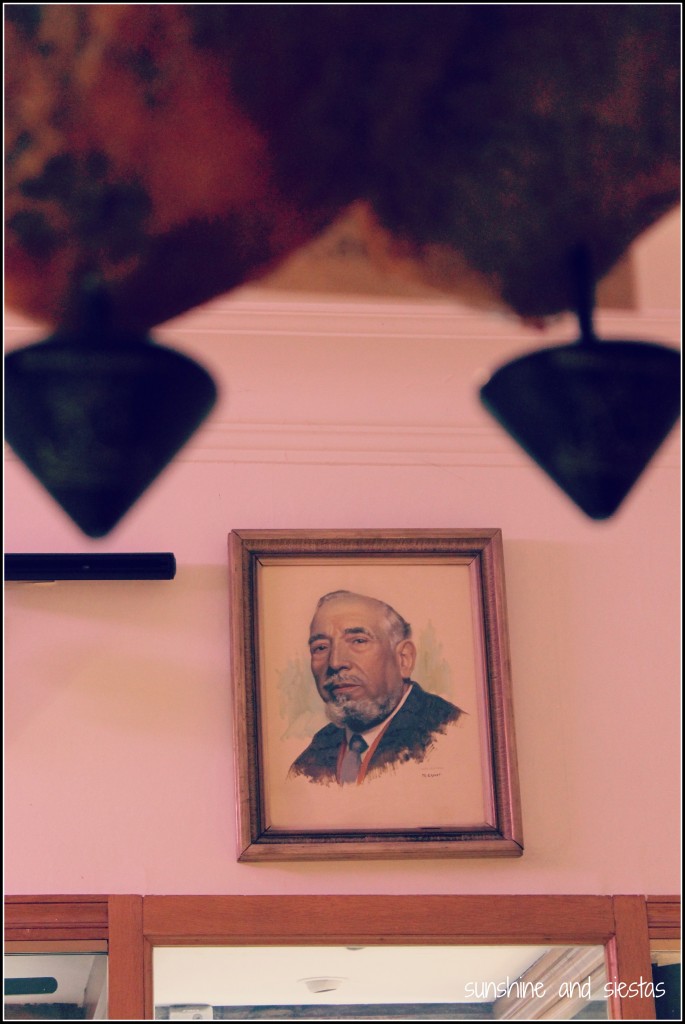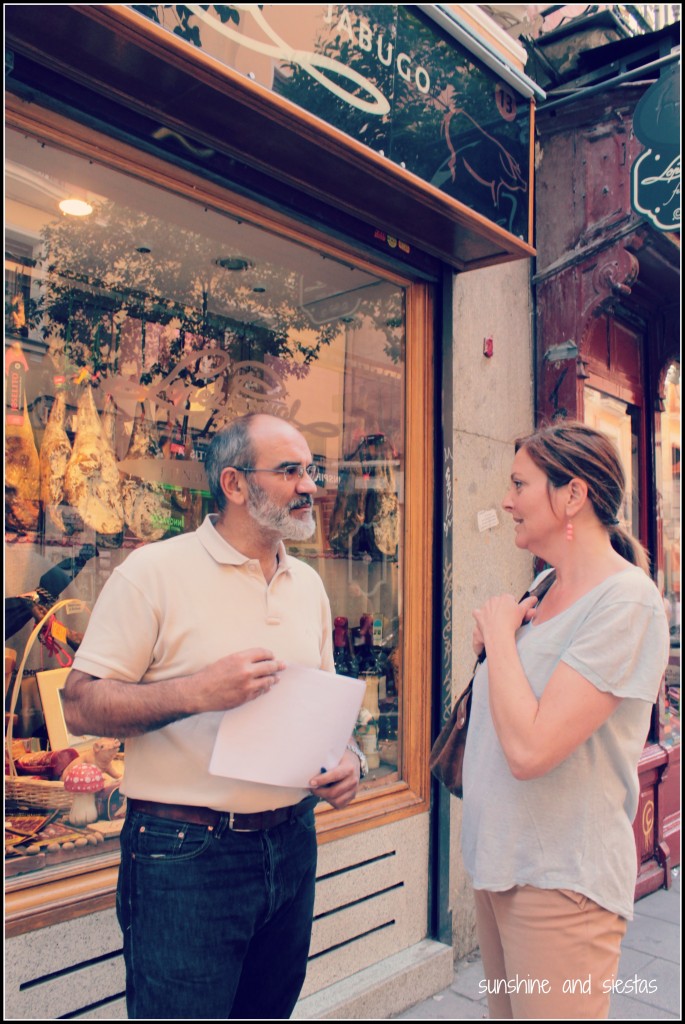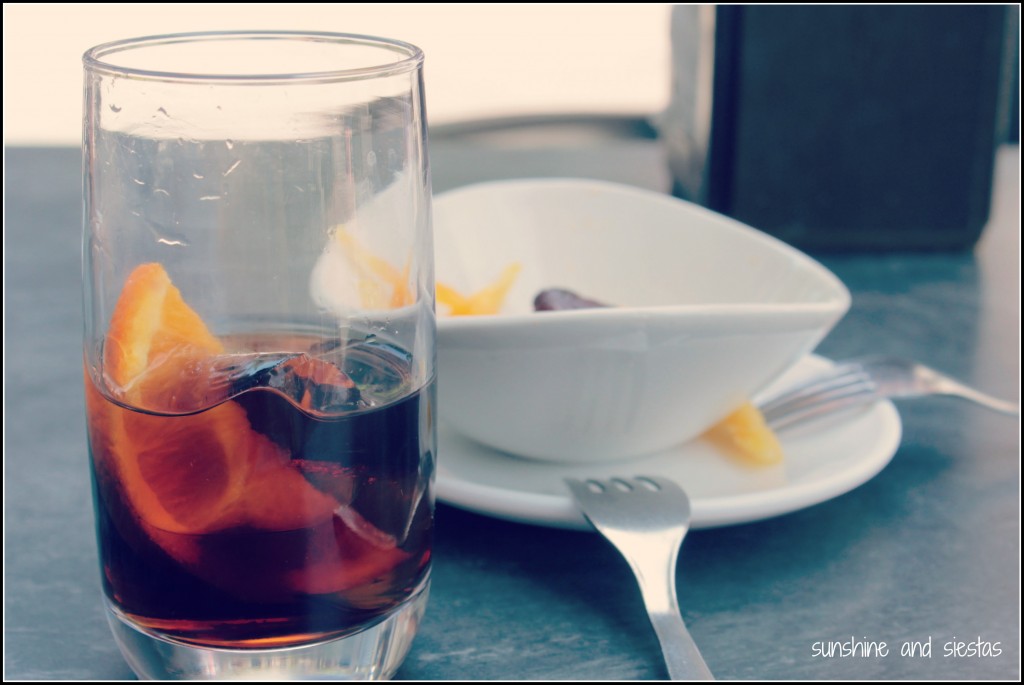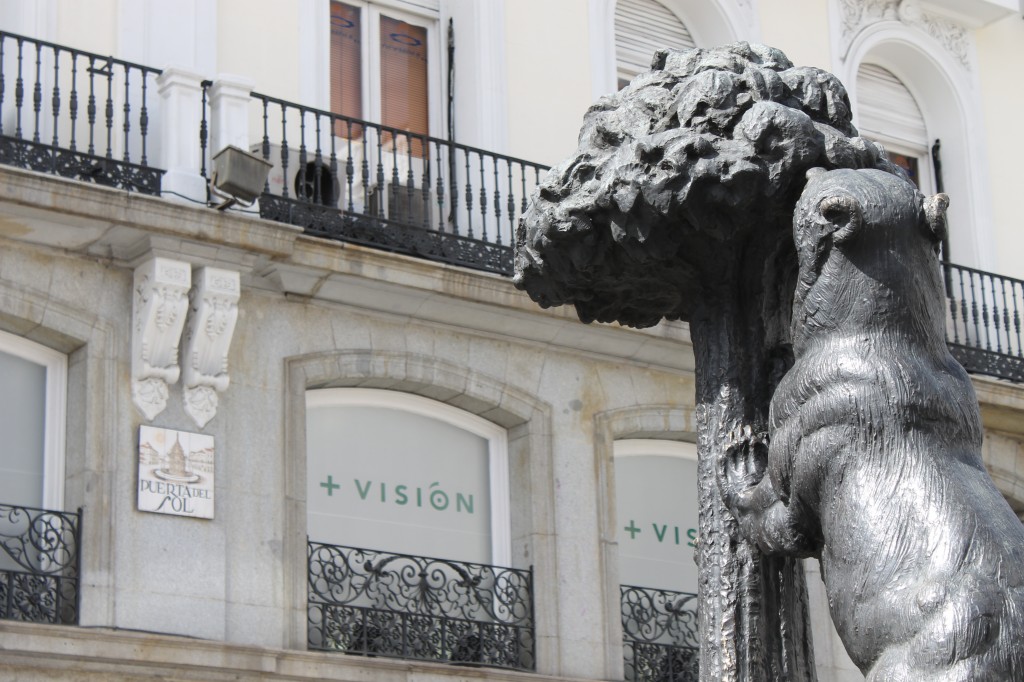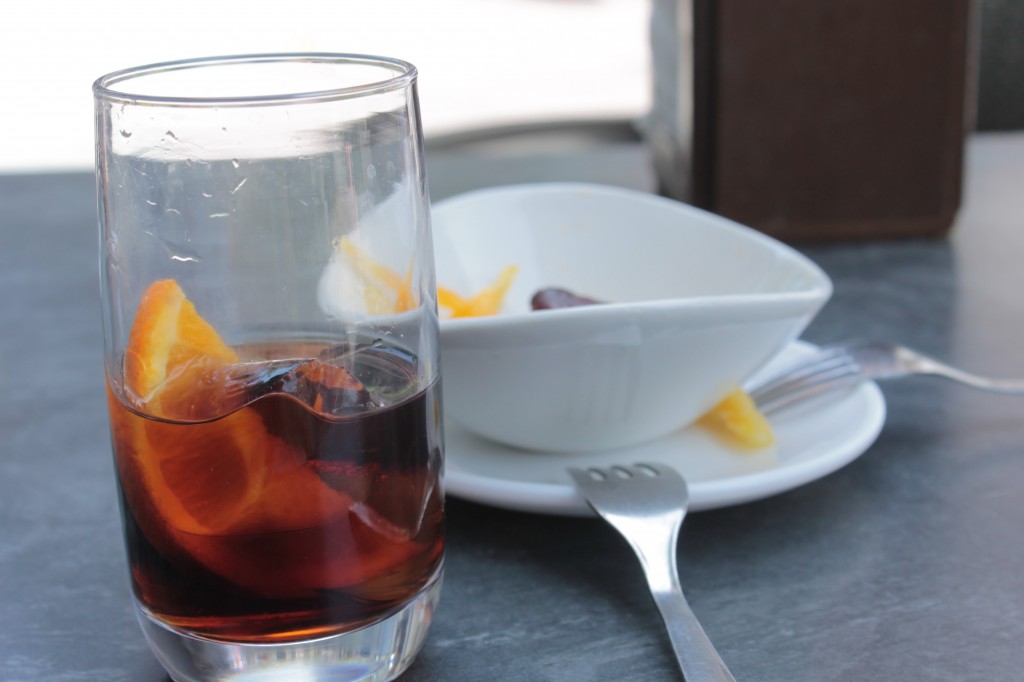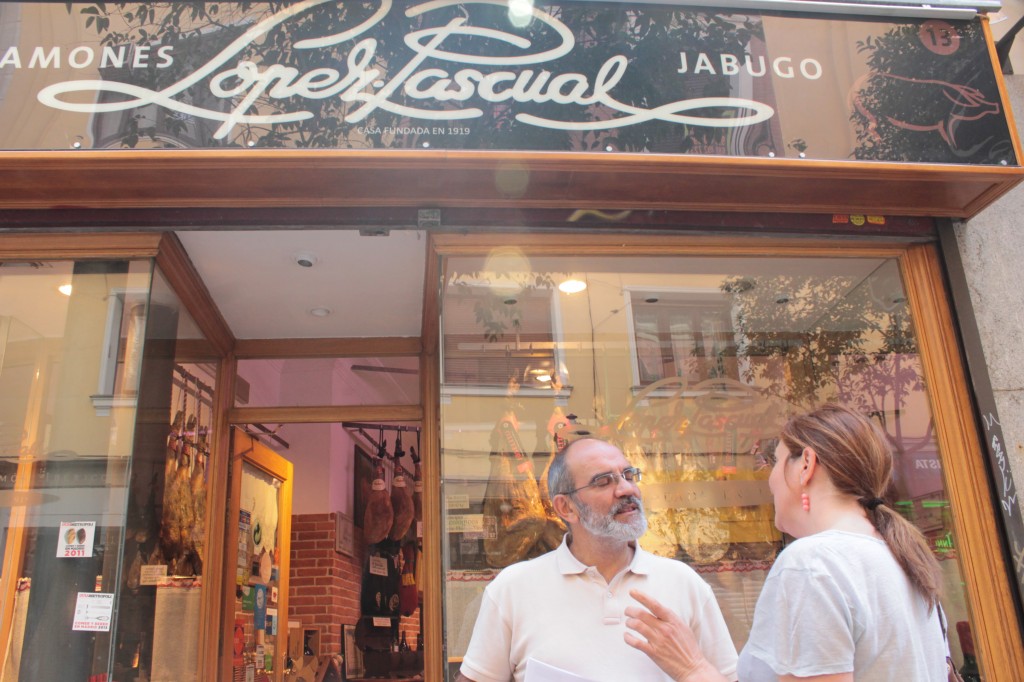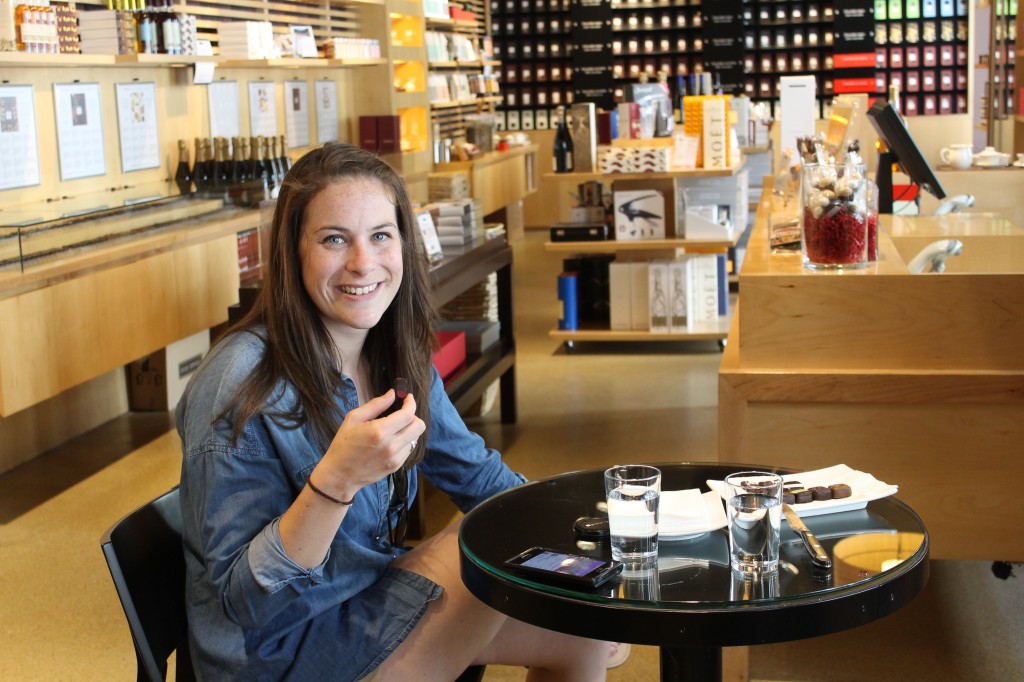It’s no secret that Madrid is one of my favorite cities to visit – I love the energy, the options and the closest a Spanish city can come to my native Chicago. But it can get overwhelming as a capital city (and one of the largest in Europe!), and even more so for children.
The good news is that the Spanish child is rey in La Capi, and there are plenty of ways to keep them busy. What’s more, the activities, accommodations and even transportation deals, like flights from Expedia, can be cheap with minors, such as with Discountrue coupon deals. Once you’ve taken care of your finances, take a look at a few things that are niño-friendly in Madrid – or just perfect for your kid-at-heart self!
Zoo Aquarium (M: Casa del Campo, Lines 5 and 10)
This is not your ordinary zoo or aquarium, and your children will love to see animals roaming about without any chains or wiring. Those who are planning to visit the amusement park located in Casa de Campo – a wonderful green lung not too far from the Royal Palace – will be happy to learn that the Zoo Aquarium is located within the city limits and on public transportation lines. The animals are kept separate from the public by moats filled with water (and some that are not).
There are more than 500 different species of animals who call the Zoo home, including many animals native to the Iberian peninsula. The Zoo is making efforts at conservation to build populations of animals like the Iberian Lynx and Iberian Hawk.
Parque Warner (Cercanías C-3 to Pinto and bus 413 to the park)
What’s a summer vacation without an amusement park? Parque Warner is a wonderful destination for the child who loves cartoons, as all of their favorite Looney Tunes characters will be roaming around and signing autographs. If your kid is more of daredevil type, they will have six different roller coasters to choose from. Water rides are available too, and of course, there are a multitude of gift shops. Theaters and workshops provide visitors with a number of different shows to choose from as well.
The park is located 25 kilometers south of Madrid and package deals are the best way to save money.
Natural Science Museum (M: Gregorio Marañón, Lines 7 and 10)
A great destination for children and adults alike, given Spain’s long history. Kids are bound to enjoy all of the dinosaur fossils, while parents tend to take in the extinct animal specimens – there are 6,000! There are three separate zones to choose from and a plethora of activities that are geared specifically toward children. Parents can bring their little ones to educational workshops and have some free time to enjoy the remainder of the museum, a great rainy day activity.
Note that the museum is closed on Mondays. Children under 16 also have reduced ticket prices.
El Retiro and Madrid’s expansive parks (M: Retiro, Line 2)
Looking to have fun outdoors? In this case El Retiro, Madrid’s most famous park, is the perfect. The possibilities for children are endless, as they can choose from a variety of fun activities. They can bring their bicycles and roller blades that have started to collect dust in some forgotten corner of the house or take a relaxing boat ride on El Retiro’s pond, conveniently located in the center of the gardens.
The city has many other green areas near the city center, like Parque del Oeste and the free Egyptian temple, Templo del Debob.
Cuarta Pared, Teatro Sanpol and Other Children’s Theaters
Madrid’s multitude of children’s theaters provide a wonderful entertainment for the child who enjoys plays and musicals – and the city is famous for theatre. The shows are typically put on during weekend mornings and tickets cost far less than most adult activities. Teatro del Arte and La Escalera de Jacob also stage their own shows for children and you’ll have a wide range of magic shows, funny stories and puppet based performances to select from!
You can find shows and workshops on Teatro a Teatro‘s interactive guide.
Bonus: three ways to save euros if you have kids and are traveling in Spain
If Madrid is only one stop on your travel itinerary, check out Renfe’s table option. You can get a discount on a bundle of four tickets by choosing a tarifa mesa.
Museums have free or reduced prices days, as do some attractions. Stop by the Tourism Office in Plaza Mayor for free maps, discount cards and hints at saving money.
Hotels in Madrid typically offer discounted rates for families with children of a certain age (typically 4-16), and AirBnB properties will give you the freedom to cook your own meals and relax. You can also try its European-specific equivalent, Wimdu.
What do you do with kids in Madrid? If you liked this post, you can consider purchasing it on GPSMyCity, a GPS-enabled tour guide that’s available offline. Your euros go right back to helping this site stay up and running!
I’ve also got a post on what to do with kids in Seville.
